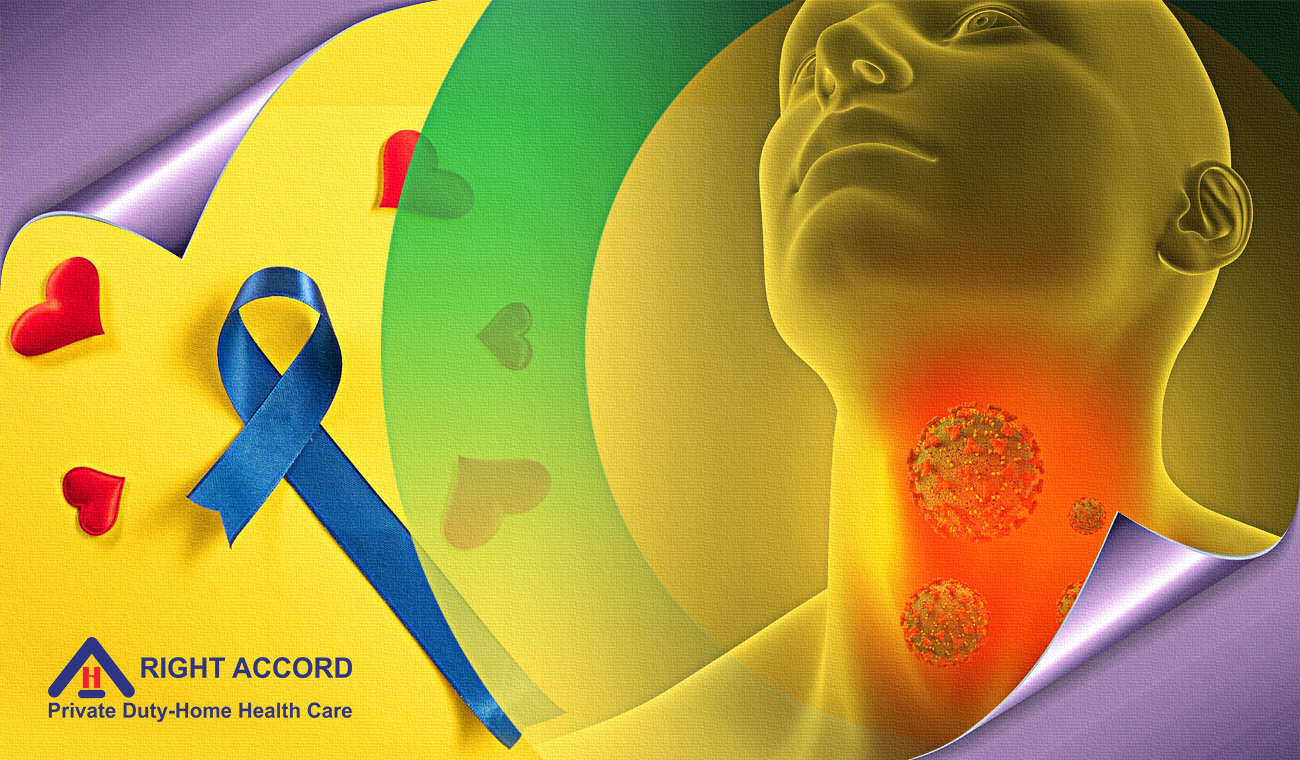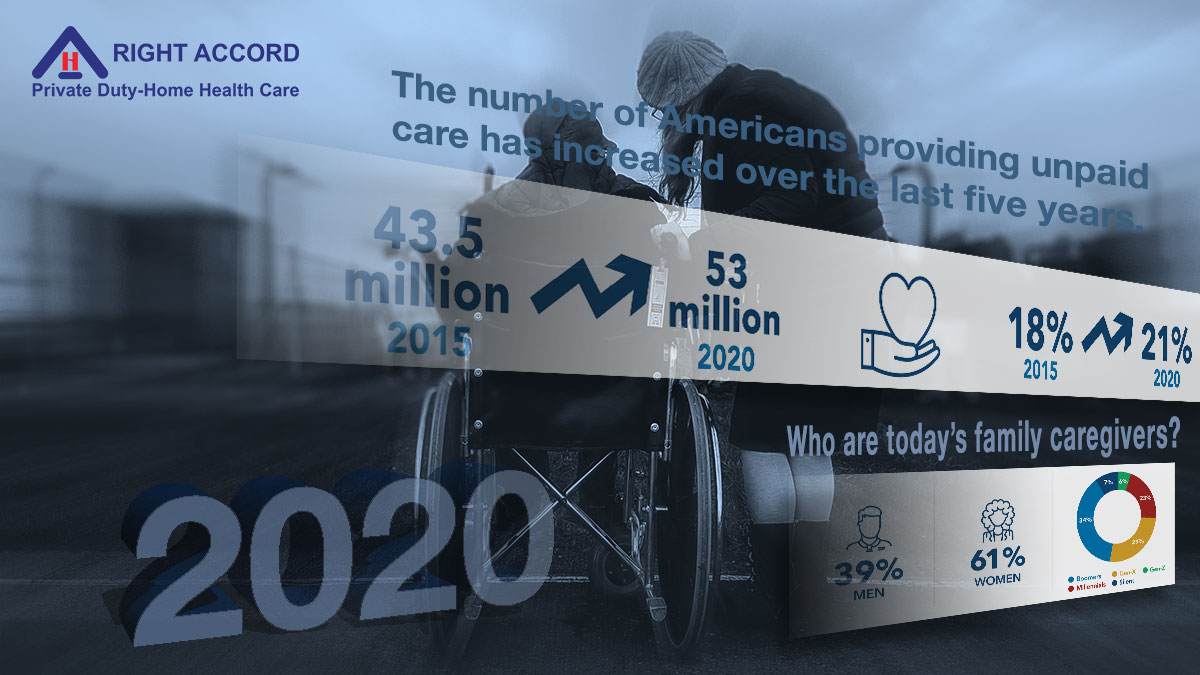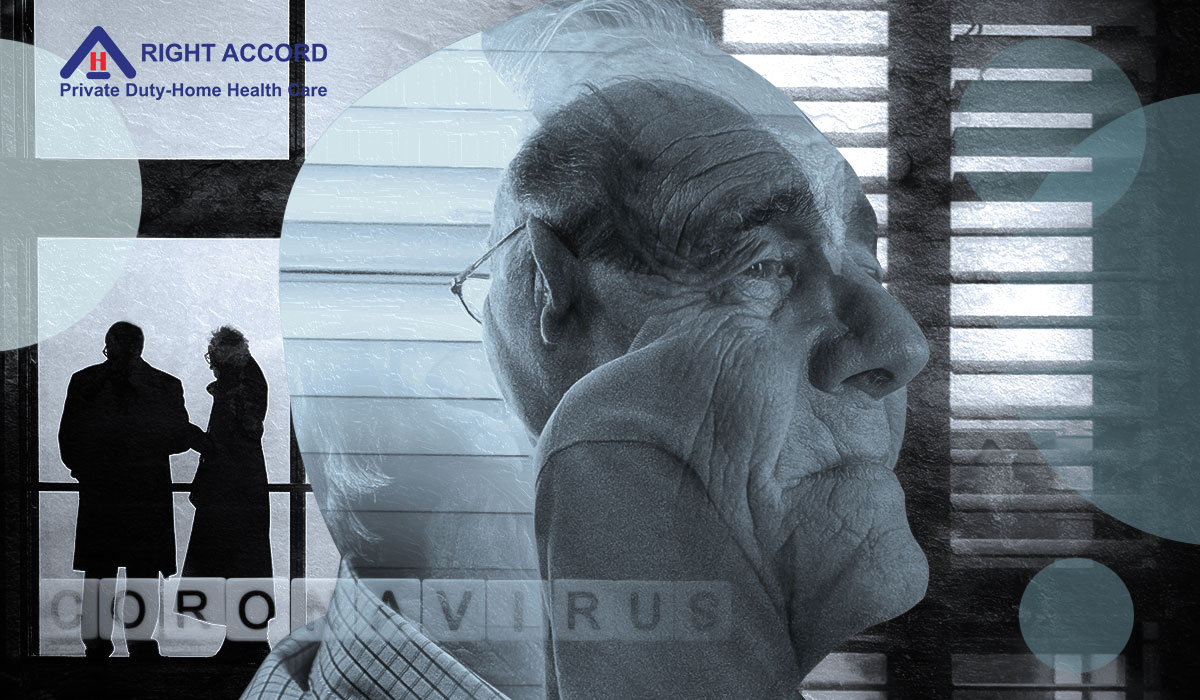· 7 min read
What You Should Know About Breast Cancer And How To Avoid It
Breast cancer is fatal to women. As we mark the October Breast Cancer Awareness month, here's the thing you should know about the illness and how to avoid it.
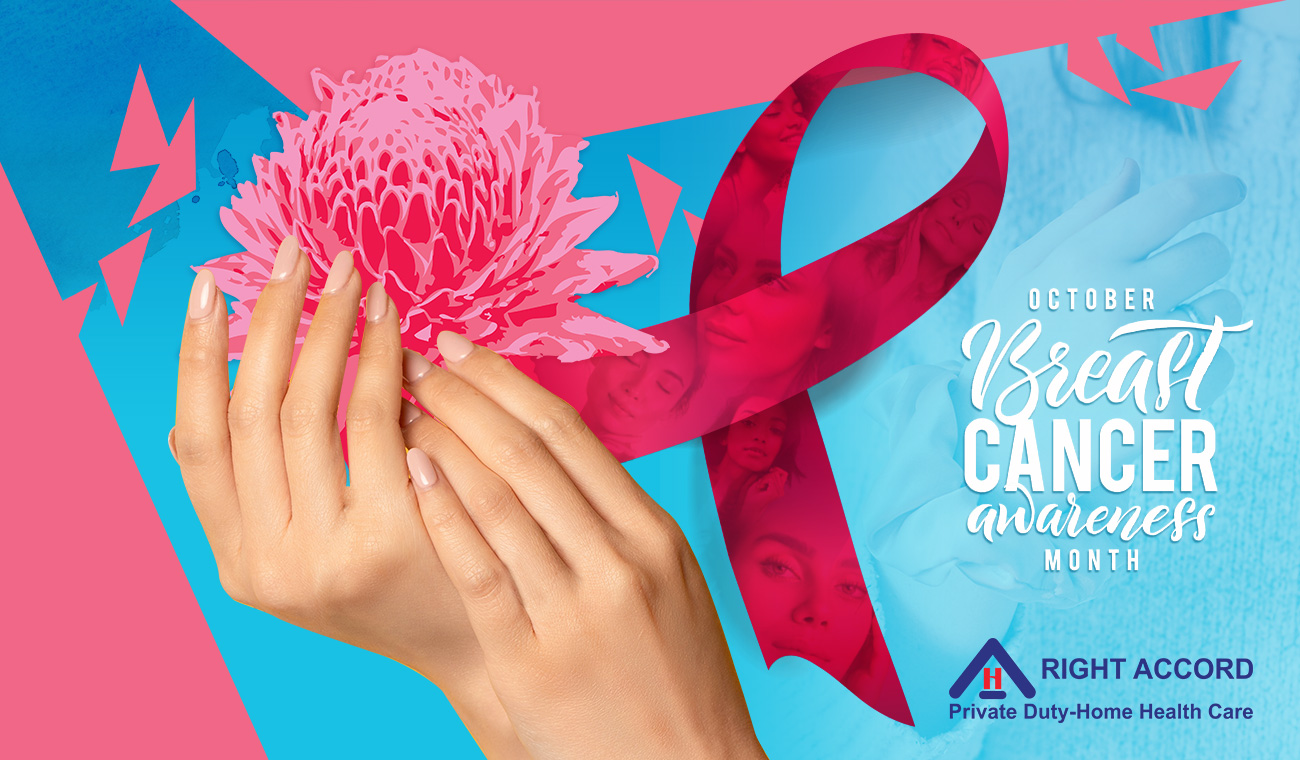
Breast Cancer Awareness
By: Rosemarie Tamunday Casanova — RN, BSN, MHA

Graphic Artwork by Tom Banogon
The challenges of the year 2020 have been numerous. Deaths and hospitalization from the covid 19 virus have been matched with a fall in economic indices, social activities and a drop in non-essential health care services, one of which is routine medical check and early diagnosis of diseases such as breast cancer.
As a result, screening and early detection of the disease has suffered a major setback, leaving more people at the risk of finding out about their condition at a much later stage, and In many cases, making their prognosis poor. In that time, about 19.3 million cancer cases were recorded and over half of that number would go on to die from the same.

Of that population, approximately 2.3 million female breast cancer cases were recorded, and for the first time, breast cancer has surpassed lung cancer as the most diagnosed form of cancer. In 2020 alone, 11.7% of all cancer cases diagnosed were breast cancer, as against 11.4% of lung cancer.
This finding is interesting because breast cancer almost always is found in females, yet the numbers are ahead of the latter which affects both males and females in a much more closer proportion, comparatively.
Furthermore, of the 183 countries reviewed by the World Health Organization, cancers (of which breast cancer has now been established as a leading type) are the leading cause of death in people below 70years, with a global burden of the illness expected to rise by 47% to a population of 28.4 million by 2040. In the Americas alone, the survey results isn’t much different. There is a 462,000 headcount of newly diagnosed cases, with around 100,000 of them resulting in deaths, and by 2030, the number of diagnosed cases is expected to rise by 34%. So this year, as we mark the October breast awareness month, we truly have our work cut out for us.
History of breast cancer awareness
Breast cancer awareness is an annual campaign carried out all over the world by health facilities, government agencies, non-profit organizations and many other bodies to increase the awareness and understanding of the disease as well as encourage its prevention and early detection. The breast cancer awareness month is marked from the 1st of October to the 31st. It is also an opportunity to raise funds for breast cancer research in order to better understand the cause, prevention and even a cure for the disease in the future.
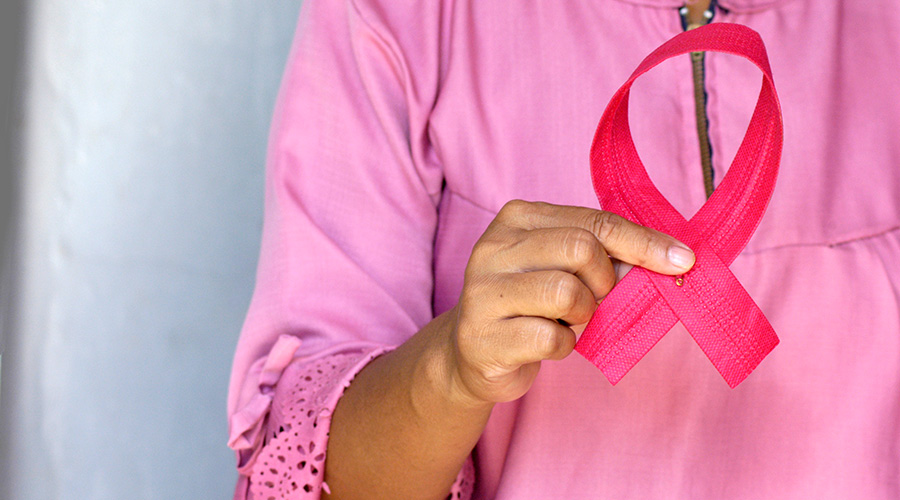
Photo by Angiola Harry on Unsplash
Before all that however, was the past when a partnership between the American cancer society and Imperial Chemical Industries was formed in 1985. This partnership would come to be known as the National Breast Cancer Awareness Month, NBCAM. The purpose of this alliance was to help in the promotion of mammography as a diagnostic test and a fighting tool with which breast cancer can be beaten.
Today, when we see an awareness material for breast cancer, we find that the associated symbol is a pink ribbon. This has its origins in 1993 when the Vice President of Estee Lauder (a beauty and skin care product manufacturer), Evelyn Lauder, floated a breast cancer research foundation, using the pink ribbon as its symbol and making it famous. Many other foundations and organizations went on to use the pink ribbon as the symbol for breast cancer awareness.
What to know about breast cancer
Breast cancer is an invasive and abnormal cell growth in the tissues of the breast. More commonly found among women and the leading cause of cancer-related death in the same gender. There is a 1 in 36 chance of a woman dying from breast cancer. Like every other cancer, it happens when the cells that make up the breast tissue start to grow and multiply uncontrollably. In doing so, they also defy the normal regulatory life cycle, living longer than usual and depriving other healthy tissues of blood, nutrients and energy.

Photo NCI Unsplash
Symptoms of breast cancer
Breast lumps are the most common and earliest source of concern in most women. It is usually a chance finding which may or may not be associated with pain. Many people have confused it with other milder health conditions, leading to a late diagnosis. Other symptoms are:
- Redness or puckering of the skin of the breast
- Pain in the breast or around the armpit region
- Nipple pain and rash
- Nipple discharge other than lactation
- Inversion of the nipple
- Enlargement of the breast size relative to the other breast
- Scaly skin around the breast
Having Breast cancer can be a long and challenging ordeal, hence the need to know the predisposing factors and how best to prevent it.
Risk factors for breast cancer
Age
It is well established that the older one gets, the higher their chances of developing breast cancer. In fact, a 20 year old has a 0.06% chance of developing it in the next 10 years of life, while that number goes up to 3.84% by 70 years.
The Role of Genes
Genes are the blueprints handed by parents. They significantly determine how we develop and how some diseases conditions manifest. In women, a mutation in BRCA1 and BRCA2 genes can be handed down to their children. When inherited, it increases the chances of the woman developing breast or ovarian cancer later in life.
Another gene that has been implicated in breast cancer is TP53. Therefore, if a close relative, especially a direct relative has had breast cancer, then the chances are higher that a person could also have it.
Large or Dense Breast
Women with dense breast tissues show a higher likelihood of developing breast cancer than those with smaller breasts.
Exposure to Estrogen
This is a hormone found significantly in women. Women are exposed to this hormone from when they start to experience their monthly flows to when they reach menopause. The longer the exposure time (eg. early menarche and late menopause), the higher the chances of developing breast cancer.
This also explains why longer breastfeeding periods are considered low risk periods. This is because women are not exposed to high levels of estrogen during this period.
Obesity
Post-menopausal women who are overweight may have higher levels of estrogen as well as calorie build-up. It’s been shown that people in this category are at higher risks too.
Hormone Treatment
Hormonal replacement therapies and use of oral contraceptives could increase the risk of developing breast cancer, especially with long term use.
Other known risk factors include consumption of alcohol, smoking, and exposure to ionizing radiation.
What you should do
Prevention
It is important to know whether you fall under any of the high risk categories and start by cutting down on habits and lifestyle that could expose you.
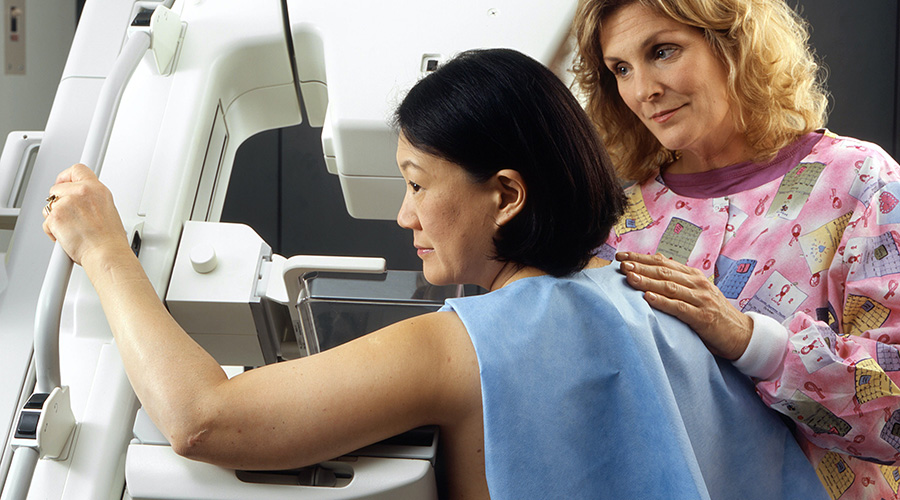
Photo by NCI on Unsplash
Early diagnosis
Next to the above, is early diagnosis. Women are advised to regularly carry out a self examination on their breasts on a monthly basis. As mentioned earlier, the foremost sign in most cases is a lump. Although not all breast lumps are of cancer origin, it is best to visit a doctor to have that lump thoroughly examined and investigated. Asides self examination, routine mammography is also encouraged and this can even spot smaller lumps that could have been missed on self examination.
Breast Cancer can be treated with a variety of options available today. Not all cases are a death sentence, however, the earlier it is caught, the better the chances of survival and leading a fulfilling life.

Photo by Peter Boccia on Unsplash
So as we go about commemorating this year’s breast cancer awareness, let us spread the information to friends and loved ones in our neighborhoods, work places as well as social media space, and also donate to the cause while doing our best to live healthy lives.
